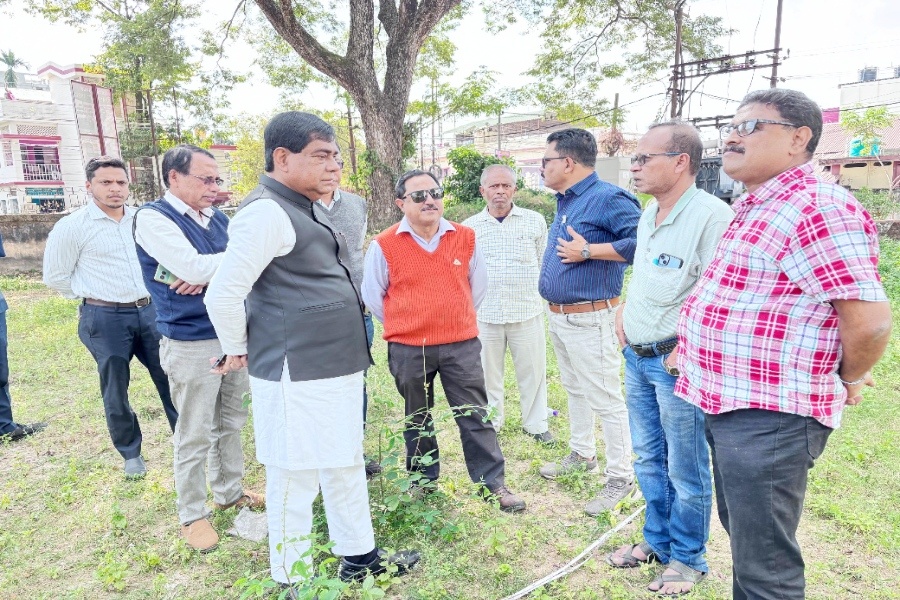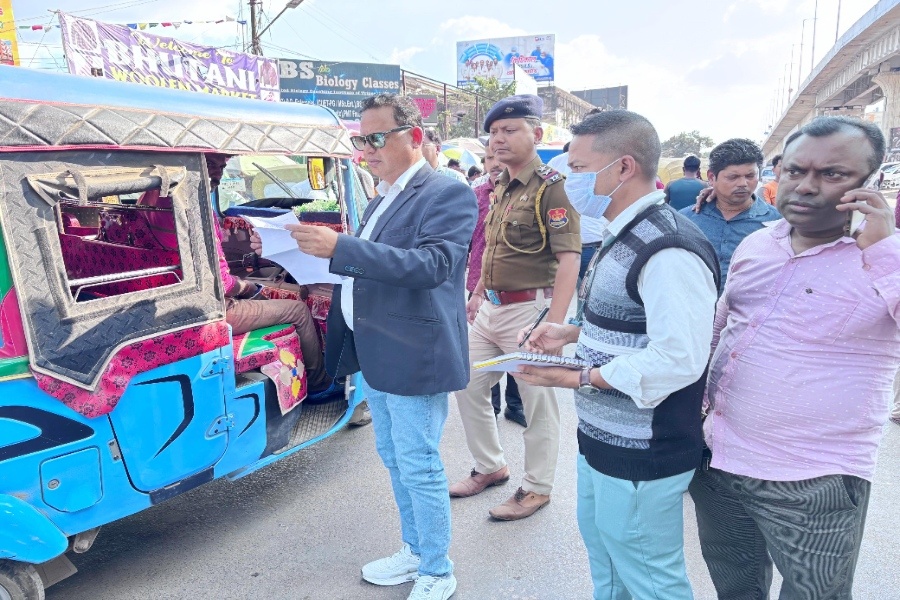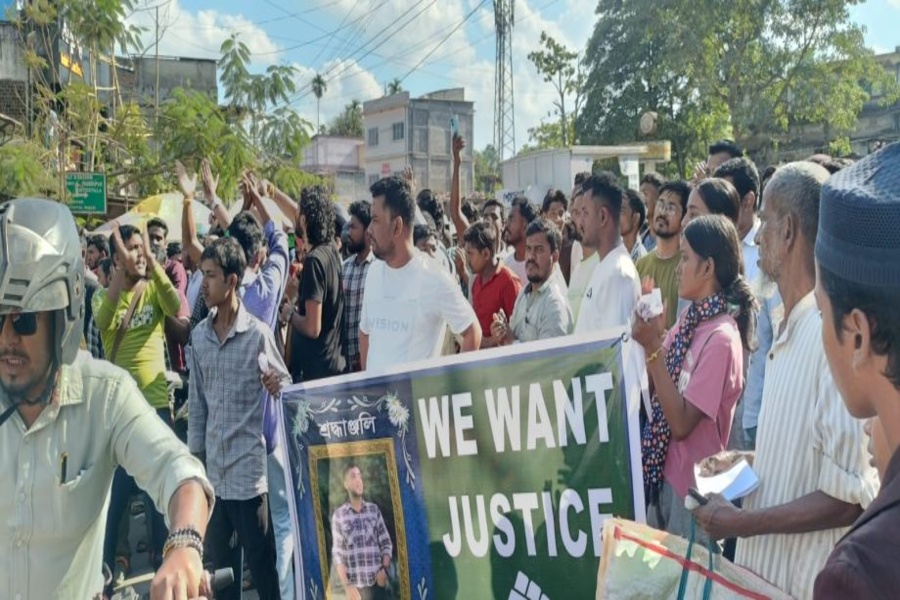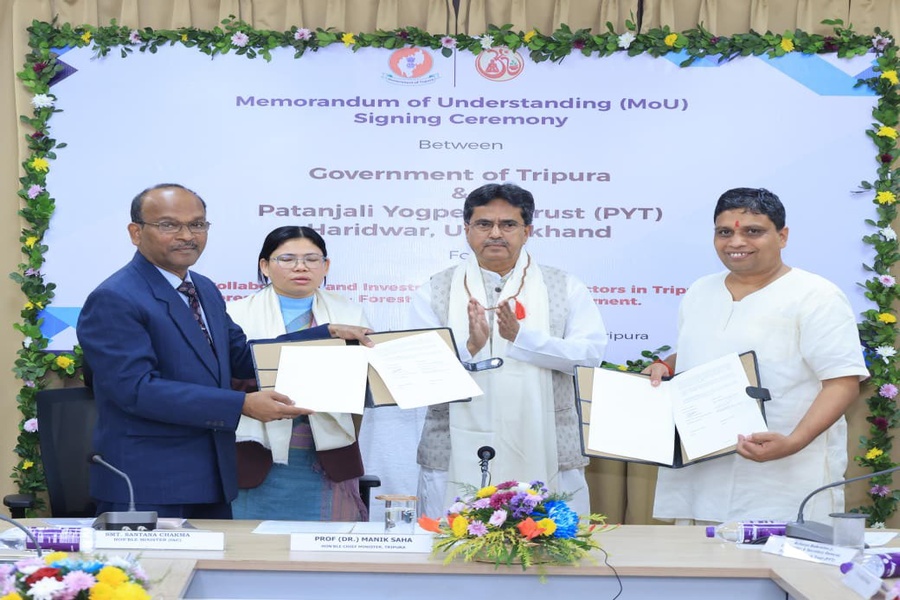Tripura’s healthcare system is gradually earning the trust of patients who once had to travel outside the state for treatment. With advanced facilities now available at Agartala Government Medical College (AGMC) and GB Pant Hospital, patient referrals to bigger cities have seen a sharp decline, offering relief to thousands of families both medically and financially.
According to Health Secretary Kiran Gitte, the state has reduced patient referrals by nearly two-thirds in the last few years. “Earlier, almost 2,000 patients had to leave Tripura annually for specialized treatment. Now, the number has fallen below 700,” he said, crediting the expansion of services in cardiology, neurology, oncology, and intensive care.
Patients and their families are among the biggest beneficiaries. Many no longer face the burden of traveling to Kolkata, Chennai, or Delhi for treatments that are increasingly available closer to home. “The aim is to ensure that no patient in Tripura feels compelled to leave the state for advanced medical care,” Gitte noted.
Currently, the state’s three largest hospitals—GBP, IGM, and Atal Bihari Vajpayee Regional Cancer Hospital—are collectively serving over 4,000 outpatients daily with 2,200 beds. AGMC and GBP Hospital together house 116 ICU beds, supported by 24x7 diagnostic, emergency, and dialysis facilities.
To further strengthen the system, 45 specialists were recently appointed, while efforts are underway to bring in expert gynecologists and expand super-specialty services. The state also plans to set up a 200-bed mother and child hospital and introduce eight new medical courses to enhance manpower.
Doctors present at the press briefing, including senior specialists from cardiology, neurology, surgery, and gynecology, echoed the view that strengthening in-state healthcare will not only improve outcomes but also reduce the economic strain on families.
As Tripura positions itself as a regional healthcare hub, the challenge remains to sustain specialist availability and ensure equitable services in rural areas. Yet, for now, the visible decline in patient referrals marks a turning point for the state’s medical sector.













